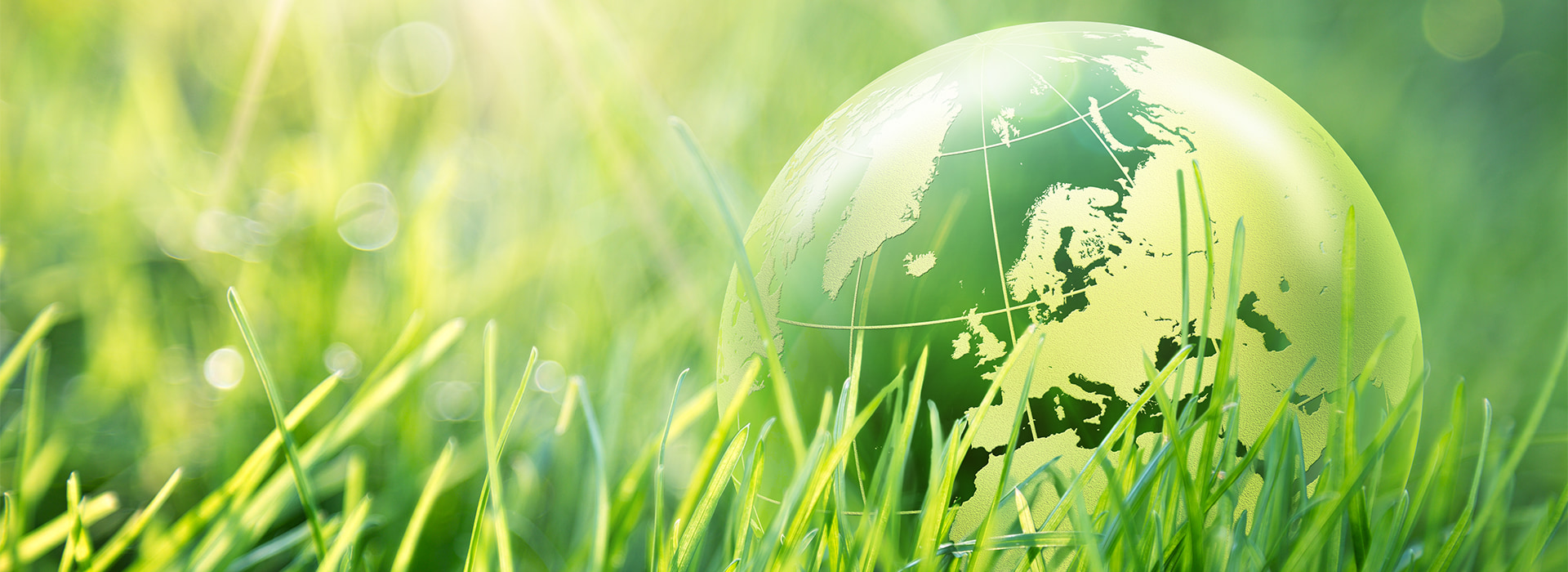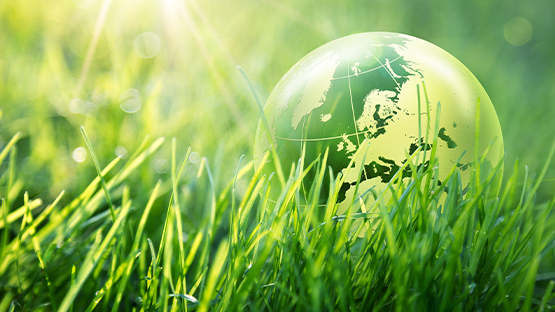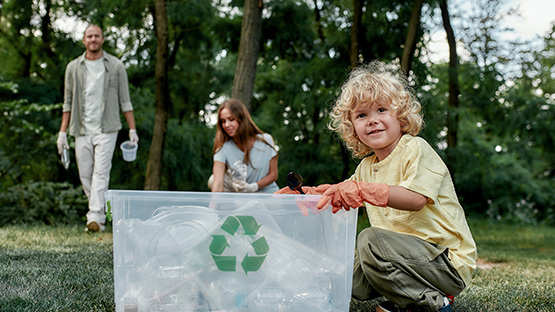Greenhouse gases - what are they and how do they work?
Ekologia

30 January 2023
It is estimated that over the next 30 years, the Earth's global temperature will rise by 2 degrees Celsius relative to pre-industrial levels. This will be catastrophic in its consequences: deadly heat waves, shortages of drinking water, progressive extinction of species (including further destruction of coral reefs). Increased greenhouse gas emissions are a huge contributor to this. What are greenhouse gases and how can they be reduced in the atmosphere?
Greenhouse gases - what are they?
What are greenhouse gases? They are gaseous constituents of the atmosphere whose elevated concentrations contribute to the amplification of the greenhouse effect. They transmit short-wave solar radiation reaching the planet and absorb long-wave radiation. This causes the energy from the sun that reaches the Earth to stay on the Earth, instead of being reflected back to space.
The greenhouse effect is interchangeably called the greenhouse effect due to the similarity of the mechanics of operation. A greenhouse, due to its design, traps warm air heated by the sun's rays in a small space. The process is more complicated, but illustrates indirectly how greenhouse gases work. Although the scale is definitely larger, they also cause the retention of energy that would be dissipated further under natural conditions and, as a result, would not affect the rise in temperature levels so much.
Which gases cause the greenhouse effect? All that absorb infrared (long-wave) radiation, and their level of harmfulness is also measured by the time they are present in the atmosphere. The biggest surprise for those not familiar with the matter may be that greenhouse gases include water vapour. Apart from it, the most well-known and harmful gas is carbon dioxide, whose emissions have been increasing every day for several years. 
Where do greenhouse gases come from?
Sources of greenhouse gases are divided into natural and anthropogenic, i.e. man-made. While society has very little influence on the reduction of the former, it has far more influence on the latter. In addition, anthropogenic sources affect natural sources - as in the case of carbon dioxide and water vapour, for example.
Natural sources are, for example:
- vegetation fires;
- decay of organic debris in freshwater;
- active volcanoes;
- evaporation of the global ocean;
- geological sources (in the case of methane).
Approximately 71% of the Earth's surface is covered by water. The news that water vapour accounts for the largest percentage of greenhouse gas emissions is not surprising. However, the increased amount of this gas in the atmosphere is not the cause of global warming, but its consequence. When the percentage of emissions of carbon dioxide, for example, increases - this causes the Earth's temperature to rise. This in turn causes the evaporation of water from the oceans and land to accelerate and intensify. Furthermore, warmer air is able to saturate itself with more moisture (just as air saturates itself with oxygen, for example), which can result in reduced precipitation.
In the case of anthropogenic sources - water vapour contributes far less. Humanity is mainly responsible for the production and emission of carbon dioxide (CO2). How do we contribute to its increased production? Among other things, by:
- extraction and consumption of fossil fuels (e.g. in supply transport);
- the production of more waste and landfill;
- biomass consumption and combustion;
- farming and animal husbandry;
- expanding industrial, commercial and service branches.
What are greenhouse gases, apart from being harmful? Usually necessary, just not in the quantity they are now. Carbon dioxide is absolutely necessary for plant life - the problem is becoming one of excess carbon dioxide, which nature is unable to use in any way. It is important that the concentrations of all GHGs (Greenhouse Gases) are within sensible limits.
Which gases contribute to the greenhouse effect?
The greenhouse gases - the types that are more significantly associated with the greenhouse effect - are those whose excessive concentrations contribute most to solar reflectance disorders. We are talking about the already mentioned carbon dioxide and water vapour and their interdependence, which the scientific community calls a positive feedback loop. If it were not for water vapour - the greenhouse effect caused by CO2 emissions would be twice as small.
What gases cause the greenhouse effect? To list exactly, these are:
- steam (the most common);
- carbon dioxide;
- methane;
- freons;
- podtlenek azotu;
- halon;
- industrial gases (HFCs, PFCs, SF6);
- ozone.
When assessing the harmful effects of the main greenhouse gases, it is important to look at their amount in the atmosphere, but also their lifetime. For example - methane absorbs radiation more than carbon dioxide, but there is far less of it. It is therefore assumed that it is CO2 that is more harmful. In other words, the greenhouse effect potential is also taken into account when assessing harmfulness.
What emits the most greenhouse gases?
Poland is among the top emitters of greenhouse gases in the European Union. The main sectors of the economy that contribute to this are energy (fuel combustion processes are the most significant), agriculture, industrial processes and waste. To put this handful of information into percentage terms: energy is responsible for more than 82% of GHG emissions and waste for 3%. In terms of anthropological sources, noticeably the biggest contributor to GHG emissions is the burning of fossil fuels.
How can greenhouse gas emissions be reduced? The most important element is to make a conscious choice of services and products and to continuously educate yourself on the subject. By choosing InPost and having your parcel delivered by a Parcel Machine, you are making the final delivery stage generate far fewer CO2 emissions per parcel. Combining this with the fact that the fleet is constantly being expanded with new electric cars, you can contribute to climate-conscious care!
Greenhouse gases - what do they cause?
If the amount of greenhouse gases in the atmosphere does not stop increasing - an increase in the greenhouse effect is to be expected. Rising global temperatures; melting ice caps; even more increased water evaporation and progressive climate change that will affect, among other things, agriculture and livestock farming.
Society should ensure that it emits less greenhouse gases. The consequences of failing to do so will be dire. Make your choices consciously, with the good of the Earth in mind!
Czytaj również

Where to donate your clothes? Give them a second life together with InPost!
Where to donate clothes you no longer wear? Instead of throwing away good clothes, it is worth donating them to others for further use. Do...

Where to give away unwanted electronic equipment? Small items can still be useful
Electronic equipment is one of the most frequently replaced items in the home. New ones are not always bought when the old ones are no lon...

Where to donate toys you no longer need? We have a good way to do it!
Quite a few children have rooms full of toys. They receive more gadgets from grandparents, parents or aunts and uncles. Sometimes the obje...



